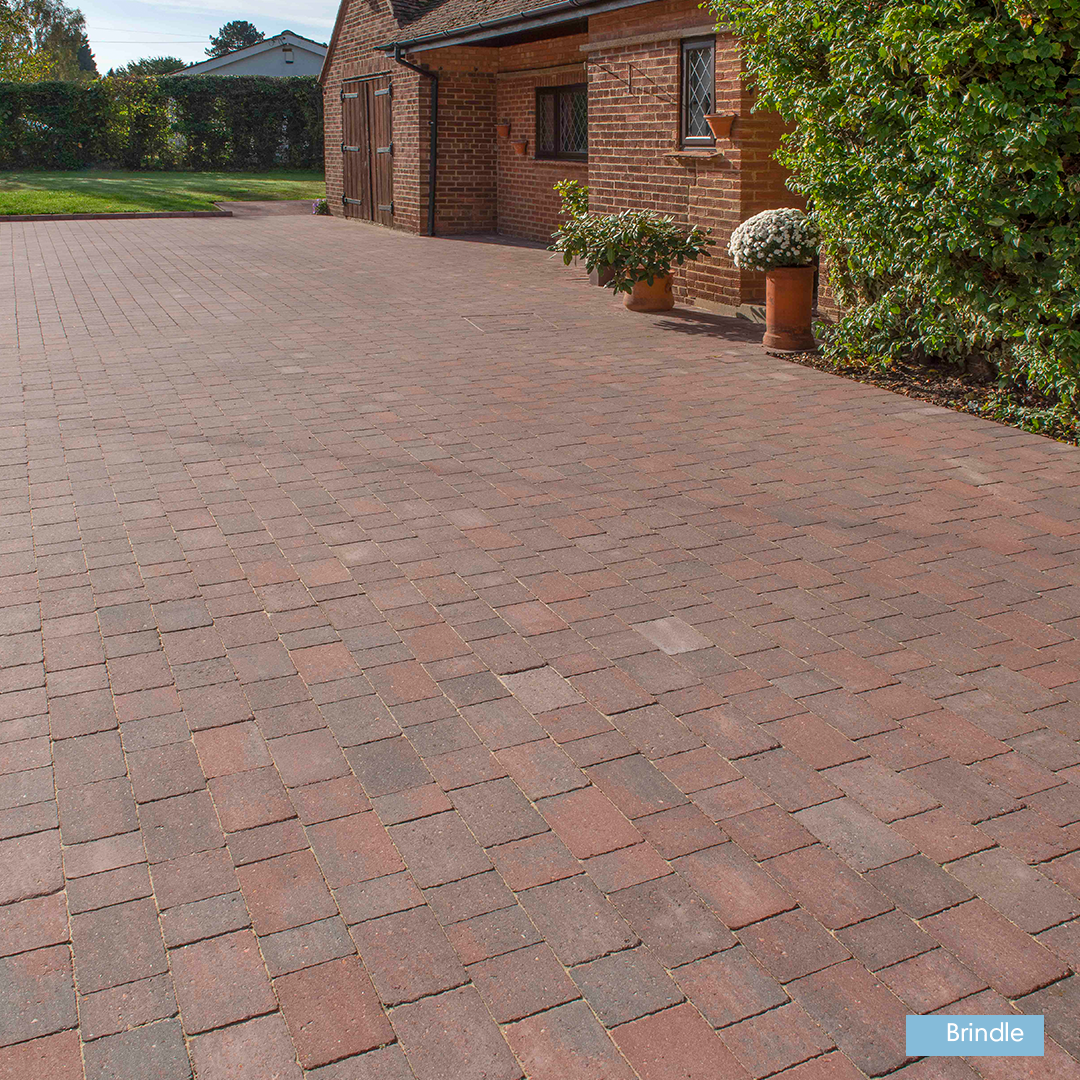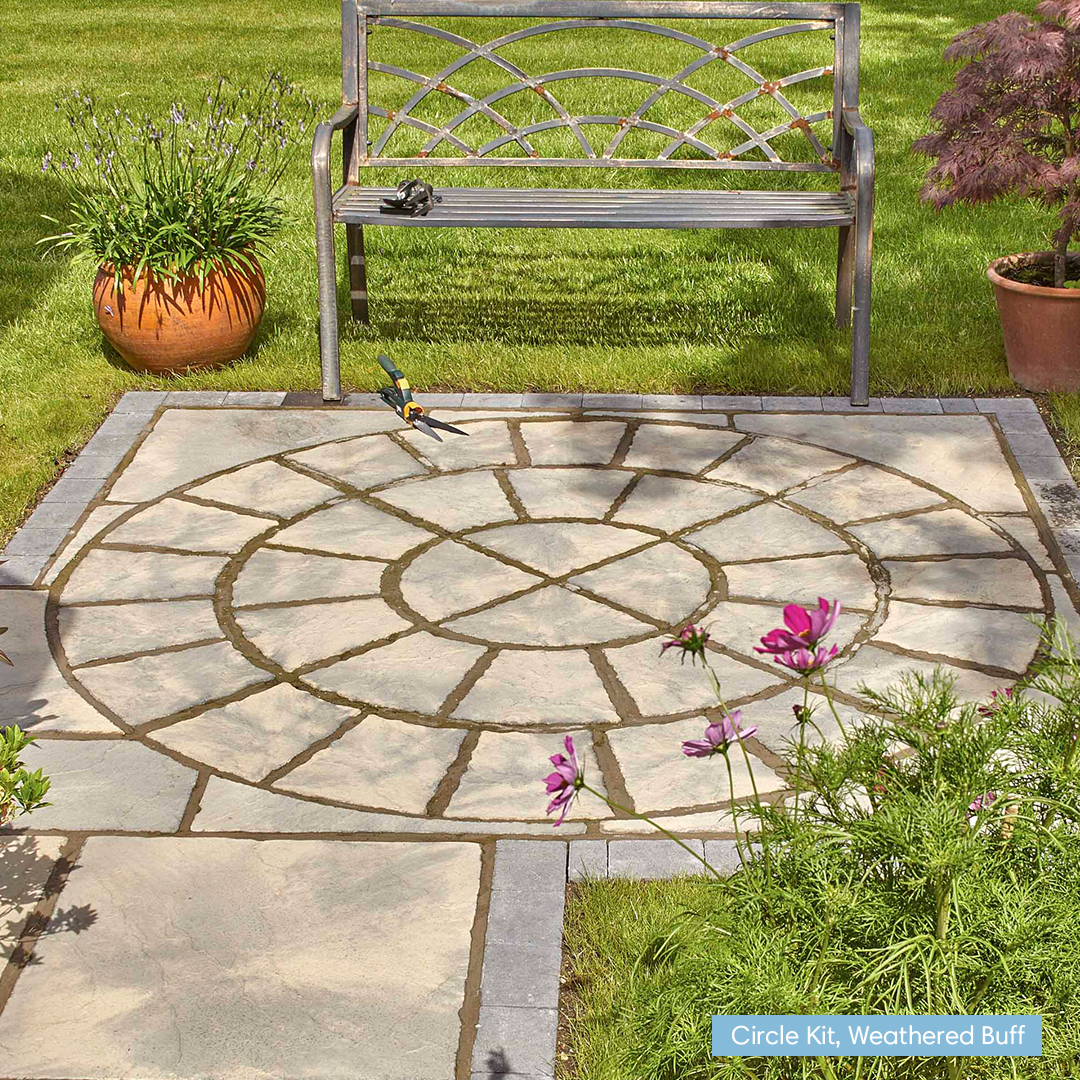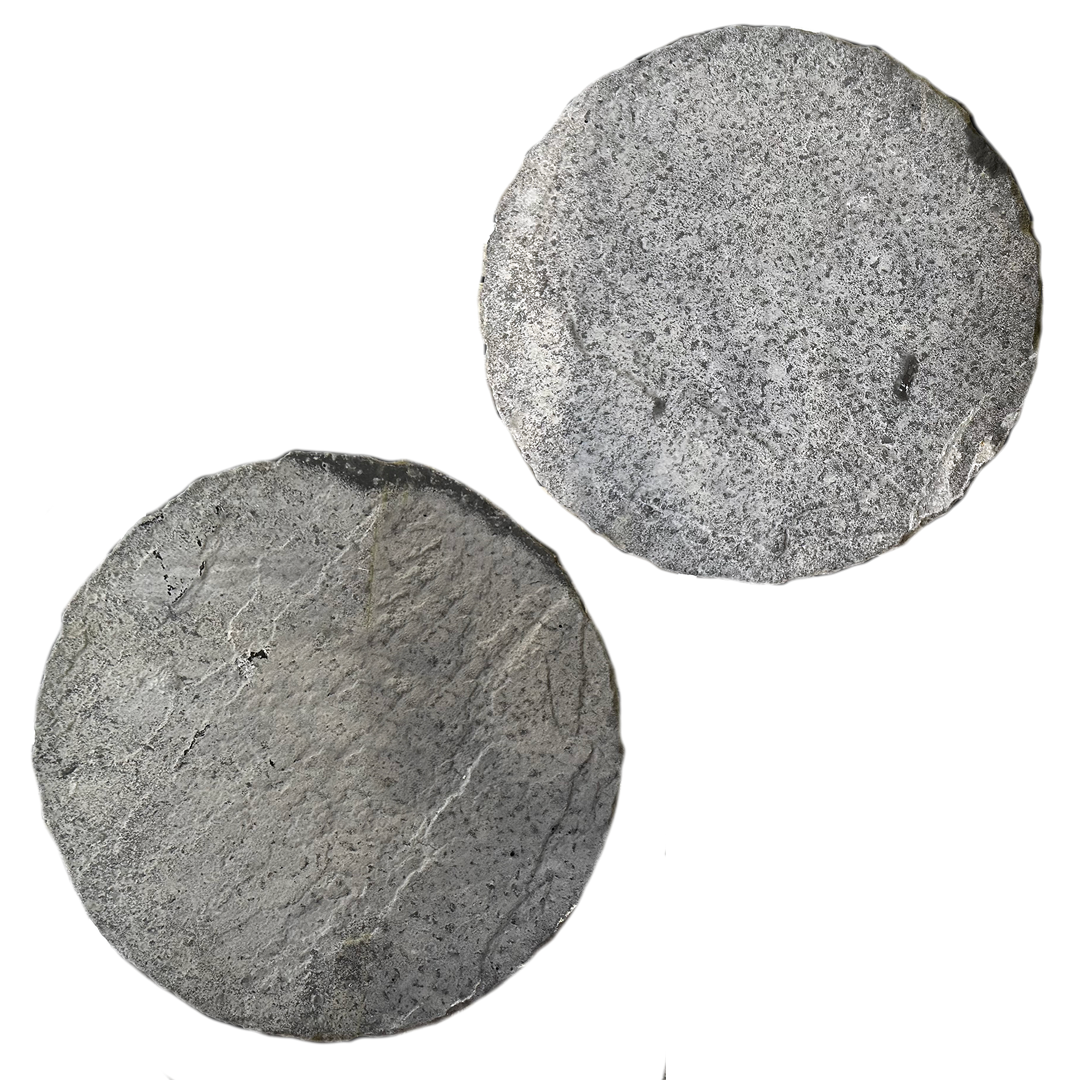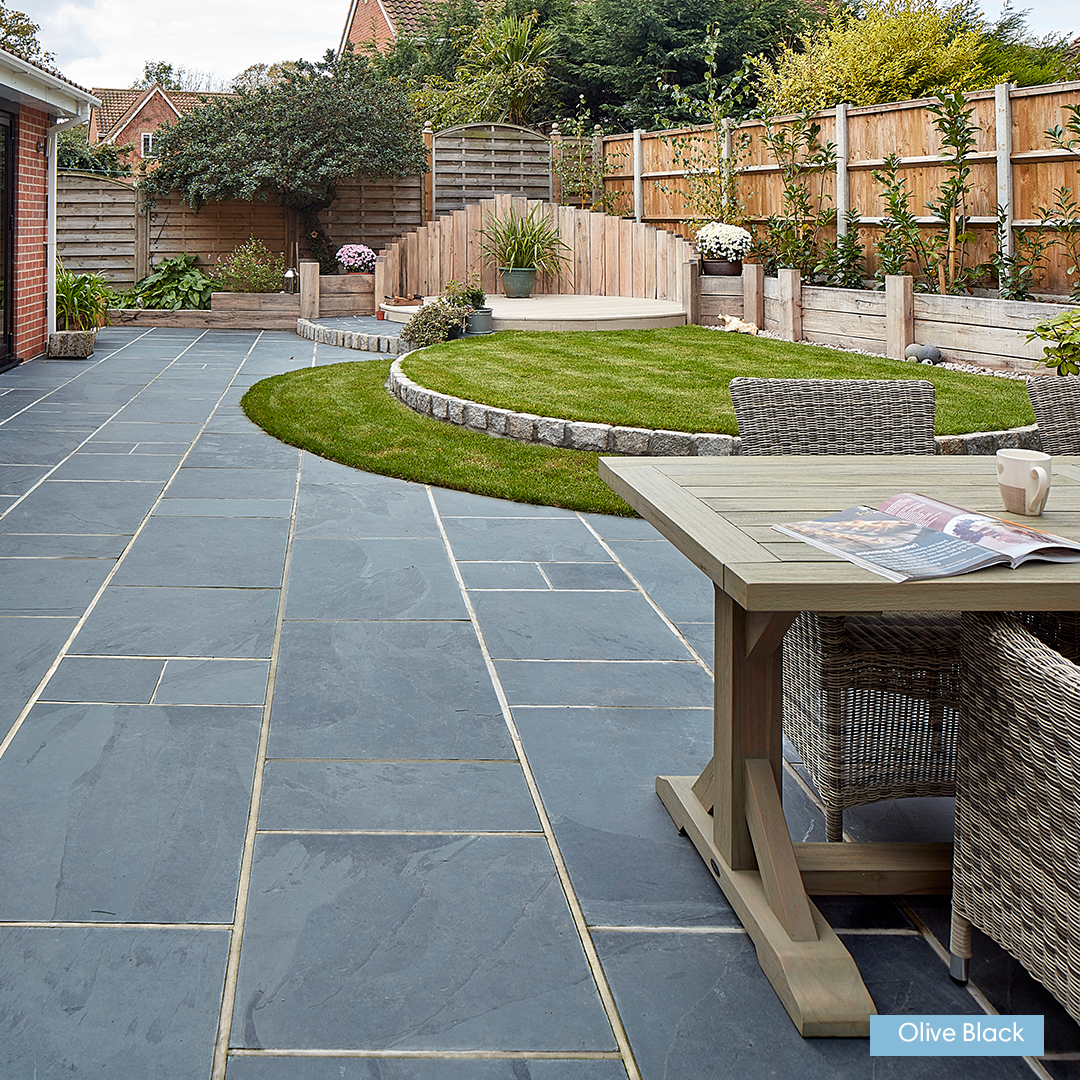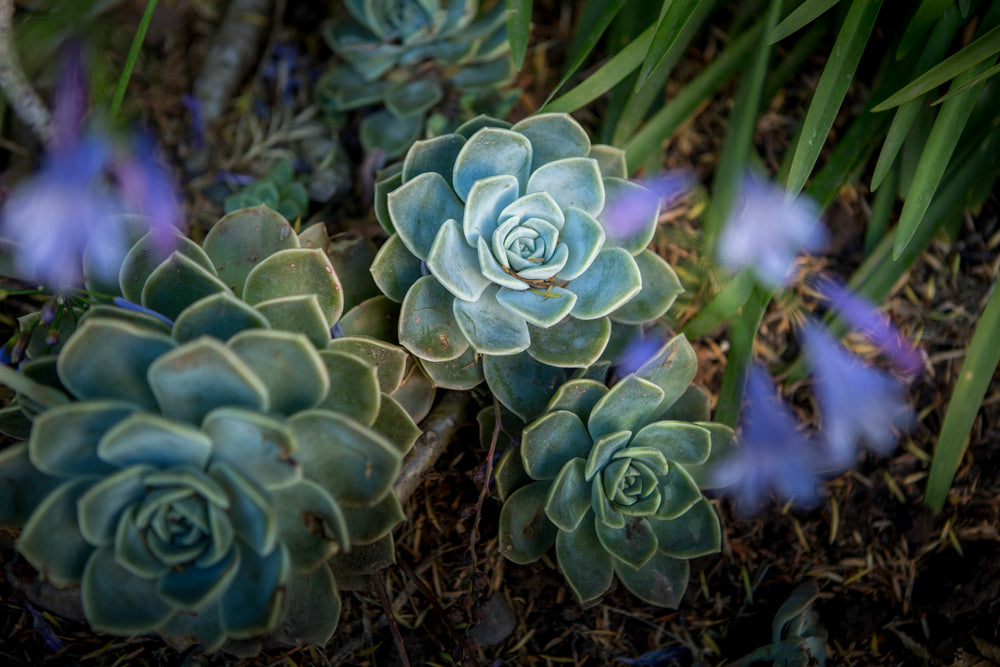Maintenance Guide
Driveway maintenance or block paving maintenance needn’t be a headache any more thanks to our paving experts, who have kindly put together a few pointers on how to handle most paving maintenance issues.
Whether you are planning to install paving and are concerned about how difficult it may be to maintain or you have had an accident, our useful block paving maintenance guide will tell how to look after you paving to help it last for many years to come.
How to clean block paving
For almost all paving, general dirt build up will occur through the year, particularly in the winter when we don’t tend to use it as much. To keep it looking good, try to clean block paving by sweeping regularly, and wash down with warm soapy water. Avoid jet washing block paving or slabs as this can damage the surface of the product. After cleaning the blocks / slabs, you may find that some of the jointing sand becomes displaced. To prevent movement and reduce plant growth in the joints, its always wise having some handy to re-sand after a thorough clean to minimise any chance of this happening.
This point is particularly important when installing permeable paving as water needs to be able to pass between the blocks thereby preventing surface water runoff from the site.
Stains
Here are a few guidelines for common stains that occur on your driveway or patio. Be aware that some types of paving are more porous and therefore more likely to retain any staining. For that reason it is a good idea to keep a few extra slabs or blocks in the back of the garden so that they weather at the same rate as the rest. If you cannot get the stain out, it is then possible to remove the offending stain or move it to a less obvious place.
Drinks
Scrub the affected area of paving hard with a stiff brush and some warm soapy water. For stubborn stains use a standard strength household bleach diluted to 1:10 and then rinse thoroughly.
Car Oil
In order to stand the best chance of removing oil from block paving soak up any excess with absorbent cloths. Do not wipe as this will spread the stain. Cover the paved area with a dry absorbent powder such as Portland cement and leave for 24hrs. Then clean away, and if necessary repeat. Alternatively, try a proprietary engine cleaning fluid.
Moss / Algae
Clean paving slabs using a proprietary weed killer, preferably in warm weather. The dead material should then be able to be brushed away as it dries out.
Fat / Oil
Scrub with hot, soapy water and a mild detergent as soon as possible.
Efflorescence
What is Efflorescence and why does it occur?
Efflorescence is caused by naturally occurring crystallised salt that forms on the surface of paving. With concrete paving, salt in the cement used to make the paving is drawn to the surface as it dries out, as the water evaporates it deposits salt on the surface. This can also occur with porous natural stone, as salt from the cement used in the bedding concrete will rise up into the paving and through to the surface.
How to deal with Efflorescence
Efflorescence does not affect the performance of paving. It is a temporary problem that will naturally weather and disappear through use and weathering. It will usually disappear within 12-18 months. If you continue to experience problems, it is possible to use more aggressive techniques but they may damage your paving. Consult a paving contractor for more information.
Please Note: We cannot be held responsible for any damage or injury that may occur as a result of using these cleaning and stain removal techniques. We recommend you always test on a small area first whenever possible.




